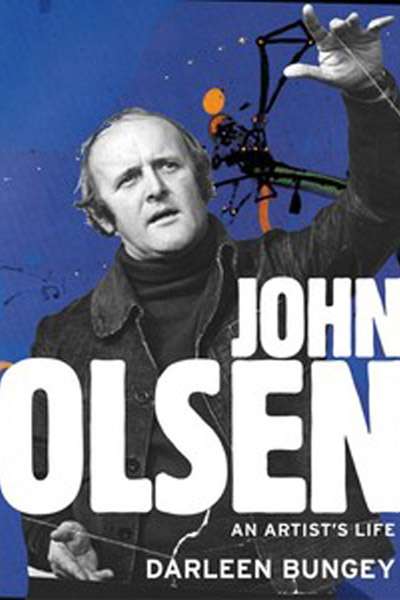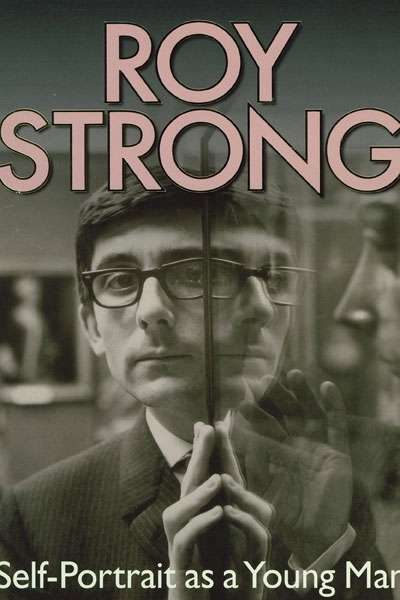Patrick McCaughey
Strange Country: Why Australian painting matters by Patrick McCaughey
The Rijksmuseum used to be the dullest of the major European collections. It looked as though Ursula Hoff had painted all the pictures. An air of dowdiness hung over the massive building and crowded collections where the good and the great indiscriminately mixed in with the mediocre in warren-like galleries with an over-supply of the decorative arts.
...The Rijksmuseum used to be the dullest of the major European collections. It looked as though Ursula Hoff had painted all the pictures. An air of dowdiness hung over the massive building and crowded collections where the good and the great indiscriminately mixed in with the mediocre in warren-like galleries with an over-supply of the decorative arts.
After y ...
In mid-May the Barnes Foundation opened at its new location in the cultural corridor of downtown Philadelphia. A cloud of controversy followed it to the end. The new building, handsome if flawed, from the gifted New York studio of Tod Williams and Billie Tsien, has attracted its share of criticism. The entrance, initially hard to find, is at the back of the building facing towards the car park and away from the parklands. The passage from entrance to galleries is awkward and inauspicious.
... (read more)





